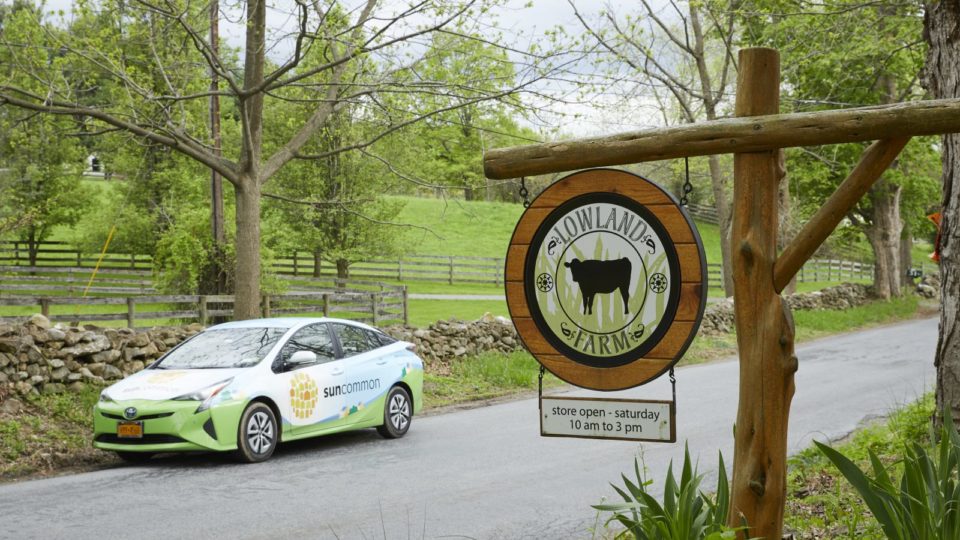Solar for Farms is a Cash Crop
Solar for Farms is a Cash Crop
Between state and federal incentives, and the ability to offset rising utility costs, there are many outstanding financial reasons for installing solar at your commercial farm. Not to mention: climate change and its effect on weather are heavily impacting farms, so taking steps to reduce our carbon impact (like going solar) is critical for all of us depending on healthy farms and a healthy planet.
Starting with the financials
A typical for-profit farm is eligible for a 30% federal solar Investment Tax Credit (ITC) plus depreciation. That depreciation can be taken over time or all in one year, which gives farms with solar some good financial flexibility. What does that mean in terms of dollars and cents? Almost half of the cost of installing a commercial solar system is covered by tax credits, incentives, and depreciation. In addition, through net metering, farms with solar can “bank” excess electricity produced by their solar panels as credits on their utility bill to use during times when the sun isn’t shining, or if there’s snow covering the panels. All in all, the payback timeline on a commercial solar system ranges from 5 to 10 years. After that, you’ve got free electricity for the life of the solar system.Non-profit farms also have options for using solar power to lock in their current and future energy costs. With a special CPACE loan, farm owners can borrow off their property value, so there is no out-of-pocket expense to implement solar.
The power of community
The financial benefits of farms with solar don’t need to stop at the farm. “Remote crediting” is a relatively recent development whereby excess solar power that is not used by the farm can be assigned to other power consumers on the same utility, such as employees or neighbors.
“As dairy farmers, it’s very important for us to budget our expenses to remain a viable business. When the CSA program at SunCommon was created, we knew we had found a great fit. By hosting a CSA, we have secured predictable, constant electricity rates for our farm and also developed a new form of the working landscape.”
— Mark Magnan, Magnan Brothers Dairy
Scaling up from there, farms with excess or unused property can host a community solar array (CSA), which is a big-return investment. Depending on the size of the array, community solar installations can generate power for the farm’s own use plus the use of up to 50 additional homes. That can provide a substantial and predictable stream of income for farm owners.
Truly Sustainable Agriculture
Going organic and implementing sustainable soil and water practices are important to many farms’ sustainability plans. But if you’re not factoring in energy use as a part of your overall environmental strategy, you’re missing a big piece of the puzzle. We’ve already talked about the financial side, so now let’s consider the less-quantifiable benefits of going solar.These days, customers care about sustainability, and they’ll feel good supporting businesses that share their values. Having a publicly visible commitment to clean energy in the form of an onsite solar system isn’t just good for PR and social media, it can be a draw for visitors. Many of our solar customers report that the addition of shaded picnic areas beneath solar canopies, solar powered EV charging stations, and even just plain old panels on the roof have had positive impacts on farm visits and store sales.
Reap the Rewards of Commercial Solar
Many of our customers call the decision to install solar for farms a no-brainer — especially those partnering with Organic Valley. Organic Valley has offered their co-op member farmers the opportunity to solarize their barn roofs at no upfront cost and with zero debt, pus the benefit of savings on their electric bill. We’d call that a no-brainer, too!
Have we planted a seed of interest?
Give a Solar Advisor a call today!
Schedule A Call
Leave Your Info
